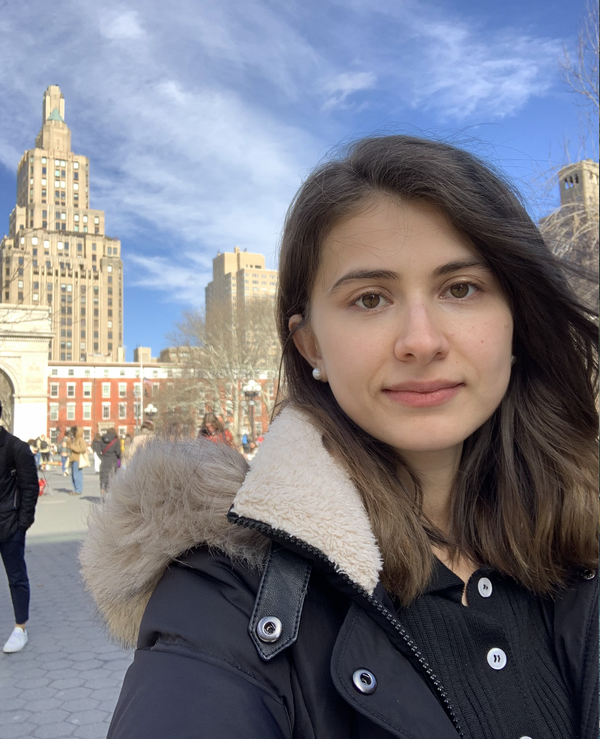My proposed project aims to visualize the mobility of the prominent Sufi figures in the early modern Ottoman Empire by generating maps with the help of digital tools like GIS. This project is threefold: the first aim is to create a data set involving prominent Sufi figures in the Ottoman Empire between the sixteenth and eighteenth centuries. Investigating both primary and secondary sources, such as travelogues, hagiographies, dissertations, and articles; I plan to create a comprehensive data set to determine the itinerancies of the Sufi figures by generating metadata (name, date of death, affiliated Sufi order, traveled cities, the purpose for travel, duration of stay). The second step is the visualization of the data set by creating numerous sequential maps via GIS that will indicate the itinerancies of these Sufi figures. The last step is to analyze these maps to illuminate the urban aspect of Sufism as well as the religious functions of urban centers. A thorough visualization of the Sufi itinerancies with this project can yield interesting results and raise questions to delve more into the social, intellectual, and power dynamics of this era. However, to be able to raise these questions, I will start with the first step: the urban centers where all these interactions were happening. Thus, this project will serve as a basis for further research on the Sufis and their relationship to the urban fabric and thus, the religious and urban history of the Ottoman Empire.
This project was funded through the 2022 NYU DH Graduate Student Fellowship Program! We hope you'll browse other projects funded through this initiative.
People

Fatma Deniz
Doctoral Student in History and Middle Eastern and Islamic Studies
Project: Mapping, Visualizing and Analyzing the Sufi Mobility in the Early Modern Ottoman Empire